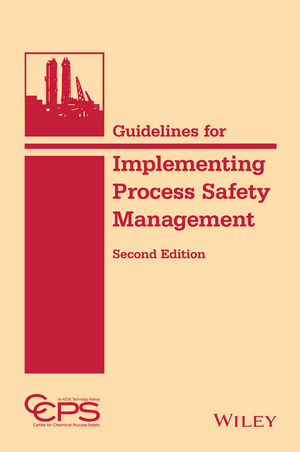How food-based supply chain management is changing

When COVID-19 struck the global economy, it did particular damage to the food industry. Many restaurants were forced to close. Those that survived had to quickly adopt technological systems and practices that allowed for continued business.
A central component of this change is how food-based supply chain management has grown to accommodate the new world. By integrating technology, becoming more sustainable, and practicing policies that keep drivers healthy, supply chains are staying modern and efficient.
Technological advancements have made these policies possible. Here, we’ll explore these advancements and how the food-based supply chain management industry is adopting them.
Technological Innovations
A host of technological innovations are changing the way supply chains are managed. In the food industry, this helps maintain the quality of the product, keeping consumers safe. Technology across the industry is assisting businesses in staying alive and relevant in a pandemic world.
Here are some notable tech innovations creating a new age of supply chain management:
- Augmented Reality
Augmented Reality, or AR, devices allow a user to gain an overlay of information atop the real world. Popularly, this tech is available in consumer devices like Google Glass. In the supply chain industry, AR can go a long way.
With AR help, warehouse workers can track and scan products. This helps them ensure quality, improve the rate at which food items are loaded, and save in transportation costs. Additionally, AR tech can allow drivers to stay aware of the conditions in which their goods are stored. A heads-up-display interface helps drivers maintain climate to keep produce safe and fresh in transit.
- Data Technology
A wide range of data tools is available to supply chain managers to help them improve their overall process. From warehouse management down to driver analytics, data enables transparency across the industry. This is especially vital in the wake of COVID-19, in which supply chains encounter frequent disruptions.
Software tools allow supply chain managers to track inventory, trace food across shipments and locations, implement security features, bid and process orders, and communicate across their team. Supply chain managers have to be ready to adapt to any difficulty that arises to help meet demand. Data technology offers that adaptability.
- AI and Automation
Artificial intelligence is making its way to food-based supply chain management. In China and Latin America, automated processes are increasingly common. Companies like Mecai and Calii use AI to analyze vast amounts of consumer data to predict needs and buy food in bulk. In turn, this helps keep costs low as they distribute food out to consumers.
In the United States, automation like this is emerging at a smaller scale. By using AI to predict and buy goods, supply chains are enabling farm-to-table business models that look to curb waste.
Technological innovations within the supply chain industry are changing the way we buy, process, and prepare our foods. With intelligent systems for the management of goods, sustainable consumption is possible.
Sustainability
According to a World Resources Institue report, approximately 40% of the food produced in North America ends up lost or wasted. A good portion of this waste can be combated by effective supply chain management for food products. Luckily, the use of new technologies and sustainable practices allows us to build a future of more efficient food distribution practices.
With the potential for supply chain managers to analyze and predict needs with increasing accuracy, food waste can be curbed. Data tools along with AI allow for better and better predictors of consumer behavior. While no analytics can be 100% accurate, improved data means more accurate food purchasing. This helps supply chains cut down on excess and limit their costs as well.
Technology can also maintain maps of resources and communication to help consumers find and buy local food. The more supply chains and consumers can locally source food products, the less potential there is for food to go bad during transit. The reduction in transportation also helps supply chains reduce their fuel emissions. This leads to a healthier environment.
Overall, the changes both here and coming to supply chain management are building a healthier future.
Driver Health and Wellbeing
Delivery worker accidents happen all the time. Factors like icy roads or drowsy driving on a busy schedule can make for unsafe working conditions. However, with better data and tech tools, supply chain management companies are adopting policies that help protect their drivers from harm.
Data analytics provides an enhanced understanding of roadside accidents and driver harm. The physical tolls excessive hours can take on a delivery driver make for adverse health effects. Supply chain companies are increasingly recognizing this with new data.
Better information allows companies to improve employee health. Healthier employees in turn reduce the risk in the food supply chain. With COVID-19 for example, the precautions needed when managing food products are more essential than ever. Enhanced communication gives supply chains the tools to install effective policies for face masks and PPE. Staff can then be updated with every new health and wellbeing recommendation.
Final Thoughts
Food-based supply chain management is changing all the time. The incorporation of data and AI tools that make all kinds of analysis possible. As a result, every process within the industry can improve. Better food quality helps to reduce waste and foodborne illnesses.
A more sustainable food system is on the horizon, one that accommodates employee health alongside that of the consumer. As supply chains continue to integrate technology, we can look forward to reduced costs, better food, and healthier local food products overall.
Looking for a reprint of this article?
From high-res PDFs to custom plaques, order your copy today!









